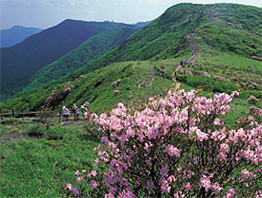
Yeongju-si, Gyeongsangbuk-do
- Sister city since May 15, 1997
- Regional characteristics
- Hub of transportation in the Sobaek and Taebaek regions, due to its location in the northernmost region of Gyeongsangbuk-do
- Site of Sobaeksan National Park, one of Korea’s sacred mountains
- Muryangsujeon, the main hall of Buseoksa Temple, is the oldest wooden building standing in Korea. It houses the Josadang Wall Painting
- Local products: punggi ginseng, apples, Korean beef, eggs, rice, and yugwa (deep-fried sweet rice cake)
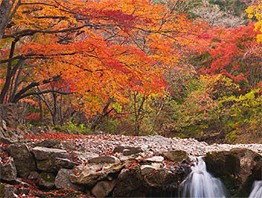
Jeongeup-si, Jeollabuk-do
- Sister city since October 8, 1999
- Regional characteristics
- A major city in the southwestern region of Korea and a hub of transportation along the west coast of the Honam region
- Site of Naejangsan National Park, known for its beautiful autumn leaves
- Key destination of cultural tourism in Korea and birthplace of the Donghak Movement
- Local products: rice, Korean beef, bokbunjaju (raspberry wine), watermelon, mulberries, and jasaeng tea
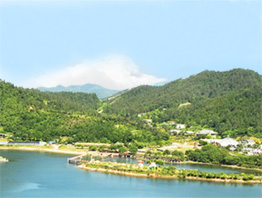
Hampyeong-gun, Jeollanam-do
- Sister city since January 29, 2007
- Regional characteristics
- Coastal city in the western region of Jeollanam-do province
- Ecotourism industry that is active year-round
- - Hampyeong Butterfly Festival, Hampyeong Grand Chrysanthemum Festival, and Red Spider Lily Grand Festival
- Local products: rice, Korean beef, bokbunja (black raspberry), Siberian gooseberries, figs, and sweet pumpkin
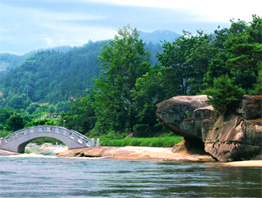
Geochang-gun, Gyeongsangnam-do
- Sister city since May 23, 2007
- Regional characteristics
- Located at the northwestern tip of Gyeongsangnam-do province, near the border between Gyeongbuk and Jeonbuk provinces
- Situated within the basin of a high mountain at an altitude of over 200 meters, creating significant diurnal temperature variations
- Surrounded by three national parks—Jirisan Mountain, Deogyusan Mountain, and Gayasan Mountain
- Local products: apples, strawberries, grapes, watermelon, and highland vegetables
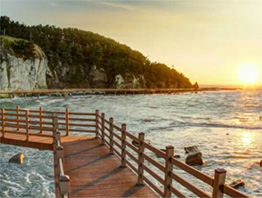
Pohang-si, Gyeongsangbuk-do
- Sister city since May 20, 2008
- Regional characteristics
- Biggest city of Gyeongsangbuk-do along the East Sea Rim, located in the southeastern part of the nation
- Large industrial complexes and global logistics infrastructure
- Homigot Sunrise Square: the nation’s most popular tourist destination for watching the sunrise
- Homigot Sunrise Square: the nation’s most popular tourist destination for watching the sunrise
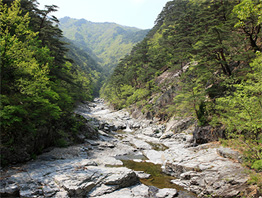
Uljin-gun, Gyeongsangbuk-do
- Sister city since September 5, 2008
- Regional characteristics
- Northeastern-most county of Gyeongsangbuk-do Province, with 82-kilometers of coastline adjacent to the East Sea
- Wonderful environment with three natural treasures—Snow crab, Geumgang pine, and pine mushroom
- Deokgu/Baegam Hot Spring, Bulyeongsa Temple, Seongnyugul Cave, Geumgang Pine Grove, and Wolsongjeong Pavilion
- Local products: Uljin snow crab, Uljin pine mushroom, Gopo seaweed, and Saengtomi rice
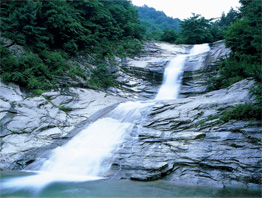
Yeongcheon-si, Gyeongsangbuk-do
- Sister city since October 15, 2008
- Regional characteristics
- Major transportation hub, through which the Yeongcheon Jungang Line Railway, Daegu Line Railway, and Gyeongbu Expressway all pass
- Nation’s largest fruit producer, blessed with beautiful natural scenery
- City famous for horses and stars as well as its strong Oriental medicine industry (Oriental Medicine Festival, Oriental Medicine Village, etc.)
- Local products: Grapes (wine), peaches, Korean beef (tartare), and apples
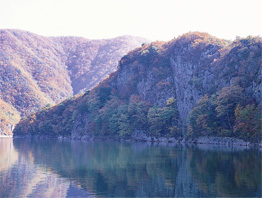
Cheongdo-gun, Gyeongsangbuk-do
- Sister city since March 9, 2012
- Regional characteristics
- Important transportation hub, situated at the beginning of the Yeongnam Alps and the center of the Yeongnam region
- Ideal land for growing fruit, thanks to the excellent quality soil found throughout the county
- Birthplace of the Saemaul Movement and home to Cheongdo Bullfight Arena, Unmunsa Temple, and Wine Tunnel
- Local products: Korean beef, water parsley, peaches, and Cheongdo flat persimmon
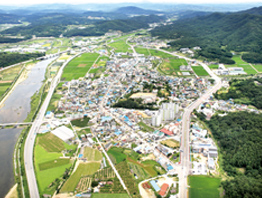
Gunwi-gun
- Population : 23,729
- Area : 614.28㎢
- Number of Public officials : 517
- Number of Council members : 7
- Features of the City
- Clean environment, a home to the historic sites of the Three Kingdoms
- Tourism city with nature and history in harmony
- Selected as the candidate for the relocation of a new integrated airport
- Tourist Attractions
- Ingak-sa(Buddhist temple), Hwabon Station, Samguk Yusa Theme Park, Seoksan-ri Medicinal Eco Village, Gunwi Grotto of Amitabha Buddha Triad
- Local Specialites: garlic, korean beef, apple, cucumber, jujube, shiitake, waxy corn
- Sisterhood city Relationship : 24-April-2019
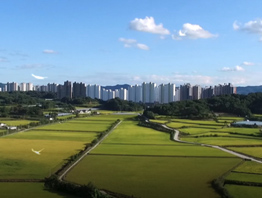
Yecheon-gun
- Population : 54,290
- Area : 661.38㎢
- Number of Public officials : 671
- Number of Council members : 7
- Features of the City
- An emergence of the insect industry and a mecca of world class bows
- Multi-functional city where the new town of provincial government and the old city center of farming area coexist
- Tourist Attractions
- Hoeryongpo, Samgang Tavern, Geumdangshil Traditional Village, Seoksongryeong, Yongmun-sa(Buddhist temple), Insect Eco Garden
- Local Specialites: korean beef, apple, sesame oil, rice
- Sisterhood city Relationship : 16-May-19











